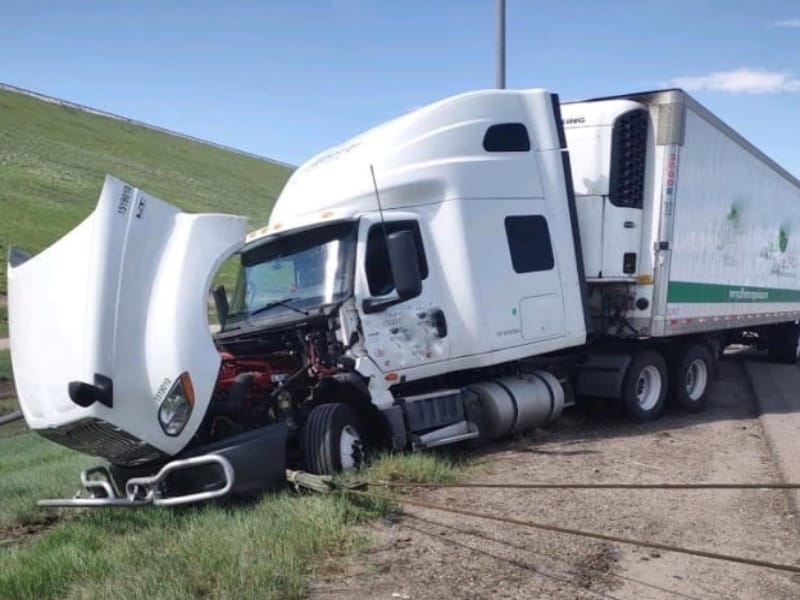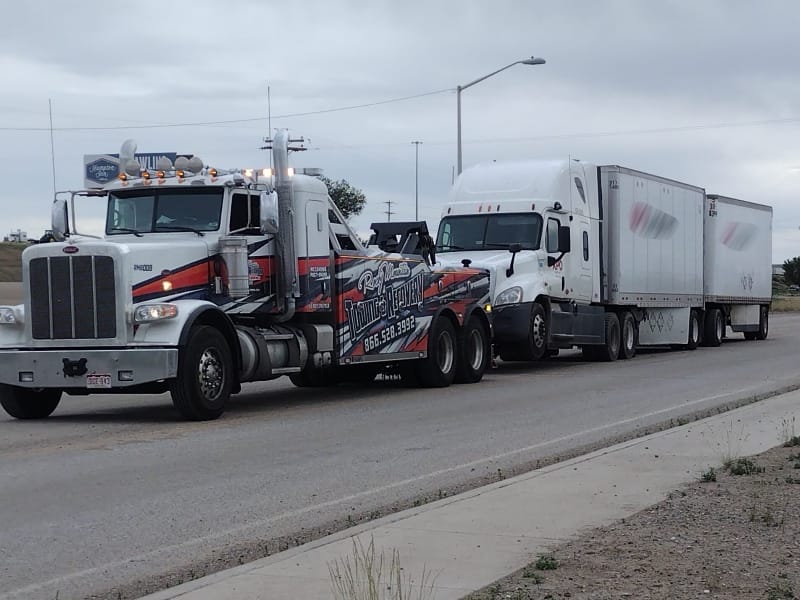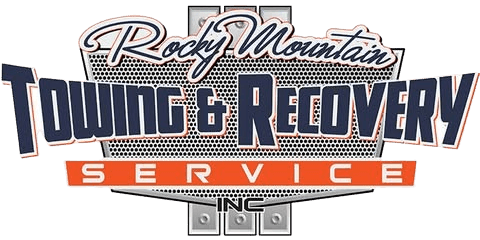The Details Make or Break the Job
Heavy towing takes more than horsepower. Every I-40 heavy towing job involves planning that starts long before the engine turns over. We aren’t simply moving a broken-down big rig from one place to another. We’re mapping bridge heights, calculating axle weights, securing permits, and flagging every restriction along the route, from state borders to backroad detours. When hundreds of thousands of pounds are riding on the line, there’s no room for guesswork.

Low Bridges Aren’t Just a City Problem
Missing one clearance sign can turn a smooth haul into a shutdown. A tall load under the wrong bridge damages equipment, causes traffic chaos, brings fines, and puts people at risk. We can run I-40 heavy towing jobs through city corridors and wide-open stretches. Low-clearance bridges still show up in rural areas. That’s why we always begin with clearance checks. GPS isn’t enough. We pull from state-issued specs and verified sources.
Here’s how we stay ahead:
- Cross-check every route against DOT bridge data.
- Measure total loaded height with safety margin.
- Avoid detours not pre-verified for clearance.
- Use local road knowledge to spot trouble before it finds us.
One close call teaches a hard lesson. That’s why we measure twice and plan tighter.
Axle Weight Isn’t a Guessing Game
Knowing the weight of a load only gets us halfway. How that weight spreads across the axles decides whether the job runs smooth or falls apart. Every run demands exact weight distribution.
Take a 90,000-pound excavator, for example. The trailer might handle the total weight, but if too much presses down on one axle, we risk blowouts or brake failure. That’s mechanical danger and a legal risk too. States inspect axle weights at every major checkpoint. An uneven load invites fines, delays, or forced shutdowns.
We handle weight the right way:
- Distribute the load across axle groups correctly.
- Use bridge spacing formulas to avoid violations.
- Equip the right trailer setup: jeeps, boosters, or stingers depending on the load.
Before we hit the road, we verify every number. Then we verify again.
Planning is Always Part of the Job
I-40 heavy towing demands precision from the start. One mistake, wrong height, overweight axle, missing paperwork, can stall everything. Delays cost time. Mistakes cost money.
We handle every detail with intention:
- If the weight’s not right, we redistribute.
- If the route won’t work, we find a new one.
- If the permits aren’t locked down, we don’t leave the yard.
No shortcuts. No assumptions.

Heavy Towing FAQ: Smart Route Planning for Oversized Loads
1. Why is route planning so important in heavy towing?
Oversized and overweight loads face low bridges, weight-restricted roads, and complex regulations. Careful route planning ensures the haul is safe, compliant, and on time.
2. What problems can happen if you skip route planning?
- Hitting a low-clearance bridge or overpass
- Being stopped at weigh stations for axle weight violations
- Getting stuck on detours or roads that can’t handle oversized vehicles
- Delays, fines, or even damage to the cargo and equipment
3. How do towing operators check bridge and road clearances?
Experienced teams verify the route using DOT bridge data and real-world measurements. GPS apps alone aren’t enough — operators use state-issued specs and local knowledge to avoid unexpected obstacles.
4. Why is axle weight distribution as important as total load weight?
Even if the total weight is legal, improper distribution can overstress certain axles, leading to:
- Tire blowouts or brake failures
- Safety hazards on steep grades or curves
- Fines at checkpoints and forced delays
5. How do operators ensure axle weights are legal and balanced?
- Weigh the entire setup before departure
- Distribute the load across axle groups according to bridge spacing formulas
- Choose the right trailer configuration — such as jeeps, boosters, or stingers — to spread the weight safely
6. What permits are needed for heavy towing on major highways like I-40?
Most oversized or overweight hauls require state-issued permits that define:
- Approved travel routes
- Allowed travel times (often restricting night or weekend moves)
- Escort or pilot car requirements
No move begins until the paperwork is complete.
7. How do professionals prepare for a long-distance heavy haul?
- Measure the loaded height and compare it to every bridge and overpass along the route
- Double-check axle group weights and spacing for compliance
- Secure all necessary permits in advance
- Inspect towing and trailer equipment for readiness
8. What equipment is typically used for I-40 heavy towing?
Operators use:
- Heavy-duty wreckers for pulling and recovery
- Specialized trailers (lowboys, jeeps, boosters, or stingers) for safe weight distribution
- Support vehicles and pilot cars for traffic control on complex or oversized moves
9. How do experienced crews handle unexpected detours or route changes?
They pause to reassess the detour, checking new clearances, weight limits, and whether additional permits are needed before proceeding. Safety and compliance come first.
10. Why trust an experienced heavy towing company for long-haul moves?
Because experienced operators:
- Have first-hand knowledge of the challenges on routes like I-40
- Treat route planning, permitting, and load checks as non-negotiable steps
- Help shippers and drivers avoid fines, delays, and roadside emergencies
RM Towing Knows I-40 Heavy Towing Inside and Out
We’ve handled I-40 hauls through tight ramps, steep grades, and long desert stretches. Every job begins with a full plan. That’s how we manage I-40 heavy towing risk and keep the cargo moving.
At RM Towing, we treat clearance checks, weight limits, and permit details as non-negotiable parts of the job. There’s no gambling with something this heavy. If your load needs to move, legally, safely, and without delays, we’ve got it covered.
Our I-40 heavy towing team handles the bridge heights, axle groups, and routing paperwork so you don’t have to. I-40 heavy towing takes more than power. It takes preparation. And that’s where we deliver.
